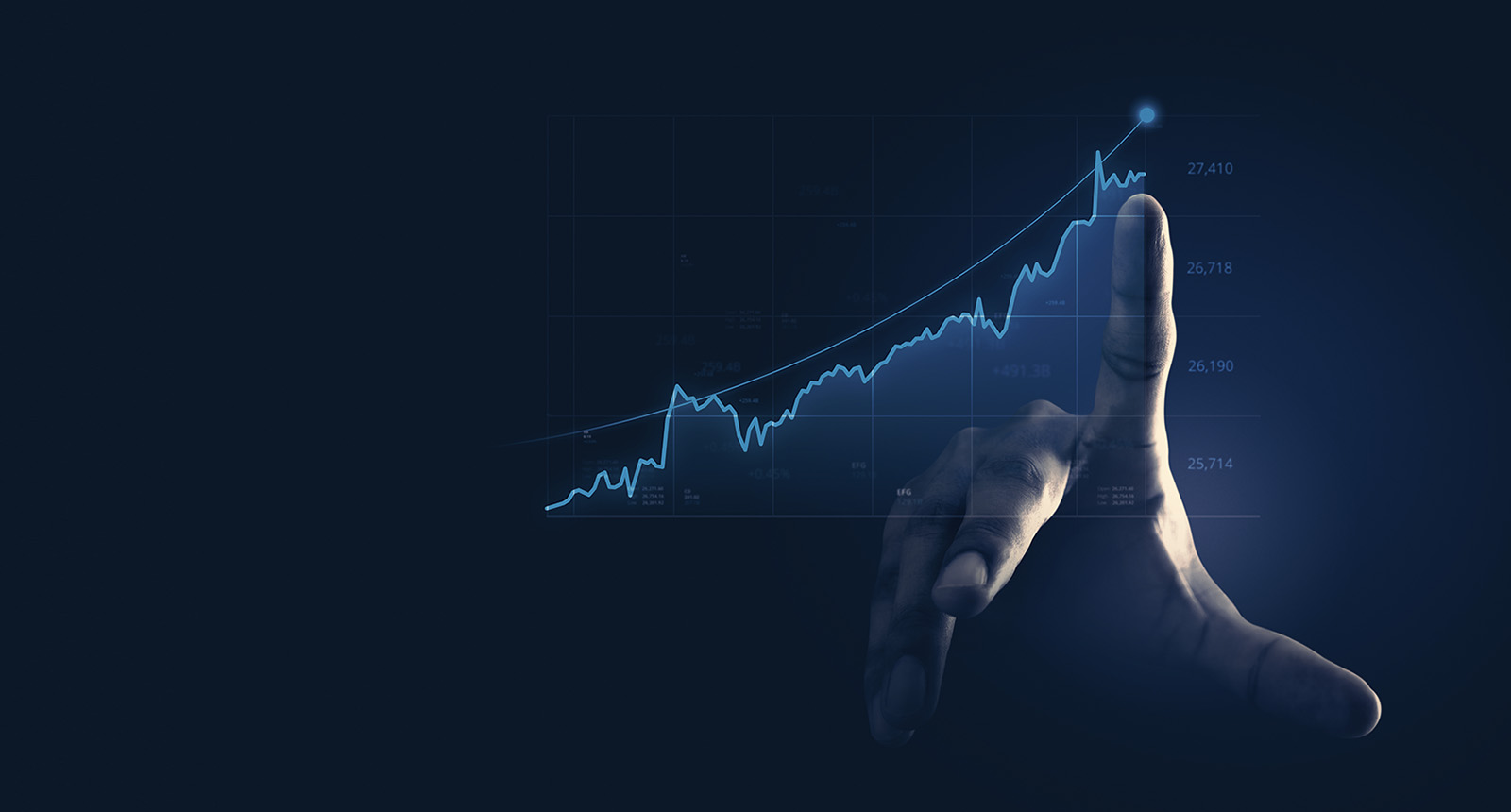In 2020, the Swiss structured products industry recorded a volume of 368 billion Swiss francs, making it one of the world’s largest markets. These financial instruments typically involve equities, currencies, interest rates, or commodities and are composed of two components.
Over the past two decades, they have become more accessible and transparent, transitioning from a market that was initially aimed at experienced investors to one that is more democratic. Online platforms have played a significant role in this transformation, as have the efforts of industry players to popularize these complex products among the public.

Structured Products’ Primary Market Subscription in Switzerland and Europe: A Source of Value Creation
Structured Products’ Primary Market Subscription in Switzerland and Europe: A Source of Value Creation
The structured products industry took off in the mid-1990s and experienced significant growth until the Lehman Brothers bankruptcy in 2008 and the subsequent global credit crisis. The industry was forced to rethink its approach, leading to greater accessibility and understanding of these products. In recent years, there has been a reduction in the minimum investment size, a wider range of underlying assets, and diversified repayment formulas, as well as an increase in green-labeled structured products.
The Swiss Structured Products Association (SSPA) has been publishing statistics on the industry since 2016. From 227 billion Swiss francs in the first year to 368 billion in 2020, the total volume has increased by 60% in just four years.
The industry is divided into the primary market, which issues new securities, and the secondary market, where second-hand products are traded.
While value creation comes from the primary market, the secondary market remains an important component.
The structured products market was initially reserved for a select group of investors but has since become more popularized among a wider range of individuals. Trading sites have played a significant role in disseminating information about these products in their most basic form. This democratization has led to a shift from a Business to Business (B to B) business model to a Business to Consumer (B to C) model characterized by smaller investment tickets and an increase in players.
Regulators have increased the standard of disclosure to protect investors, which has allowed the market to expand and has fostered the emergence of fintechs with their own platforms. The improvement of trading platforms for private individuals has led to greater access to simplified and standardized products. Private banks have also benefited from using the platforms of their suppliers to compare offers and prices.
The combination of rising equity markets and low interest rates has propelled Yield Enhancement products into a diversification and performance focus. Reverse convertibles, which monetize volatility and pay coupons to investors, have weathered the health crisis well and contributed to the growing success of these products. In anticipation of the gradual rise in interest rates and the resurgence of inflation, reverse convertibles offer safety cushions that absorb market declines and provide greater security in portfolios.
Barrier reverse convertibles (BRCs) have gained popularity among investors in recent years, as they offer a way to enhance yields while limiting downside risk. This type of structured product has shown resilience during the COVID-19 pandemic, and the Europe and Switzerland primary market for current products in subscription is evidence that BRCs are poised for a promising future.
What are Barrier Reverse Convertibles?
Barrier reverse convertibles are a type of structured product that combines a bond with an options contract. The bond pays a fixed coupon rate, while the options contract provides the opportunity for higher returns. In a typical BRC, the investor receives a fixed coupon payment for a set period, and at maturity, the investor receives the full face value of the bond, unless the underlying asset price falls below a predetermined level, known as the barrier.
If the barrier is breached, the investor may receive the underlying asset, rather than the full face value of the bond. This can result in a loss of principal, but it also allows for the potential to earn a higher yield. BRCs are often linked to a basket of stocks or a single stock, with the barrier set at a level below the current market price.
Resilience During COVID-19
The COVID-19 pandemic has caused significant volatility in financial markets, with many investors experiencing losses as a result. However, BRCs have demonstrated their resilience during this time. In fact, BRCs linked to the Swiss Market Index (SMI) outperformed the index itself during the first half of 2020.
This can be attributed to the fact that BRCs are designed to limit downside risk, with the barrier acting as a buffer against market downturns. Additionally, BRCs can provide higher yields than traditional bonds, which can be attractive to investors in a low interest rate environment.
Promising Future
The primary market for BRCs is currently in Europe and Switzerland, with a range of products available for subscription. There has been a steady increase in the issuance of BRCs in recent years, indicating that they are becoming a more mainstream investment option.
As investors continue to seek ways to enhance yields while limiting risk, BRCs are likely to remain a popular choice. Additionally, the ongoing low interest rate environment may drive even more demand for BRCs, as investors look for ways to generate income.
In conclusion, barrier reverse convertibles have shown resilience during the COVID-19 pandemic and are poised for a promising future. With a range of products available for subscription in Europe and Switzerland, BRCs offer investors a way to enhance yields while limiting downside risk. As the investment landscape continues to evolve, BRCs are likely to remain a popular choice for investors looking to diversify their portfolios and generate income.
Get Started with YiELDEN




